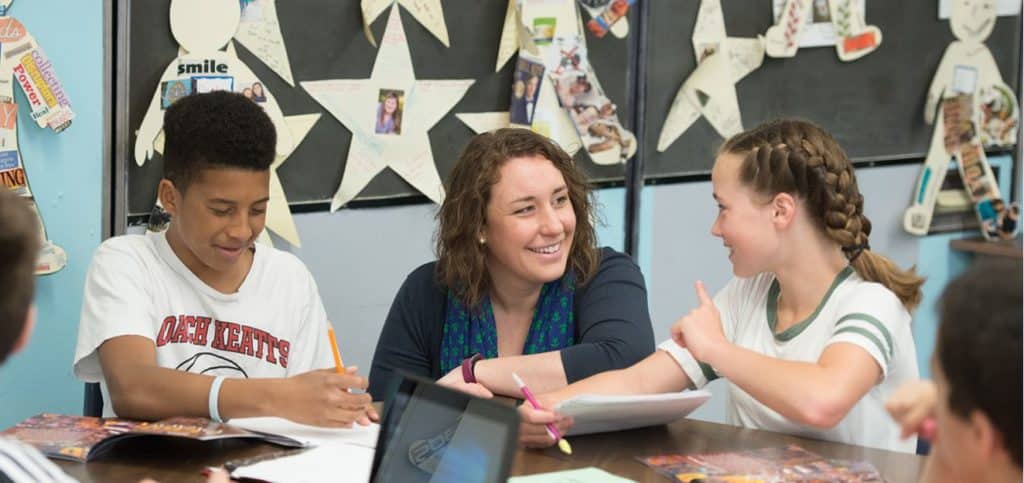
As we prepare for our upcoming Teachers and Leadership Conferences, we’ve been thinking a lot about hope. Students’ hopes and dreams are, of course, an integral part of the beginning of the school year. In addition to providing students with a model for setting and achieving goals, having students name their hopes and dreams connects us with them as individuals, helps them become active participants in their own learning, and brings the learning community together around shared goals.
Recently, while reading through the Oxford Handbook of Hope, we were reminded how vital hope is for educators as well as students (if you decide to pick it up, hold on tight – it’s an excellent academic deep-dive into the theory and application of hope, but maybe not the best beach read!): “Simply put, hopeful thought reflects the belief that one can find pathways to desired goals and become motivated to use those pathways . . . hope, so defined, serves to drive the emotions and well-being of people” (2018, 27)
Having hope is a powerful way to stay positive in the face of adversity. It gives us strength and perspective when we are tempted to give up, and allows us to see ahead to what can be. Perhaps most importantly, it provides a pathway of light so we can take the steps we need to take to reach our goals.
As you begin planning for the new school year, take some time to reflect on your hopes and the pathways to achieving them. What are your hopes as a practitioner? For instance, if one of your hopes is giving your middle school students more opportunities for collaboration, you might decide to brush up on the small group learning strategies you learned about while attending a Responsive Classroom course. Or maybe you’d like to end the day in a more positive and purposeful way, so you decide to implement closing circles.
Think about your hopes for your students. Do you have a specific hope for your class as a whole this year? Do you want them to work on having empathy for others who are struggling? Maybe your hope is for all of your students to see learning and fun as synonymous, or that all students leave your classroom feeling like they have an adult they can trust. You could start by focusing on those goals in your Morning Meeting (elementary) or Responsive Advisory Meeting (middle school).
Hopes are personal. And, hopes are shared. They give us something to strive toward and help us shape our communities. Our hope is for all educators to have everything they need—the skills, the knowledge, the mindset, the community, and the leadership—to change the lives of students.
For more on developing hopes and dreams in your classroom, check out Teaching Self-Discipline: